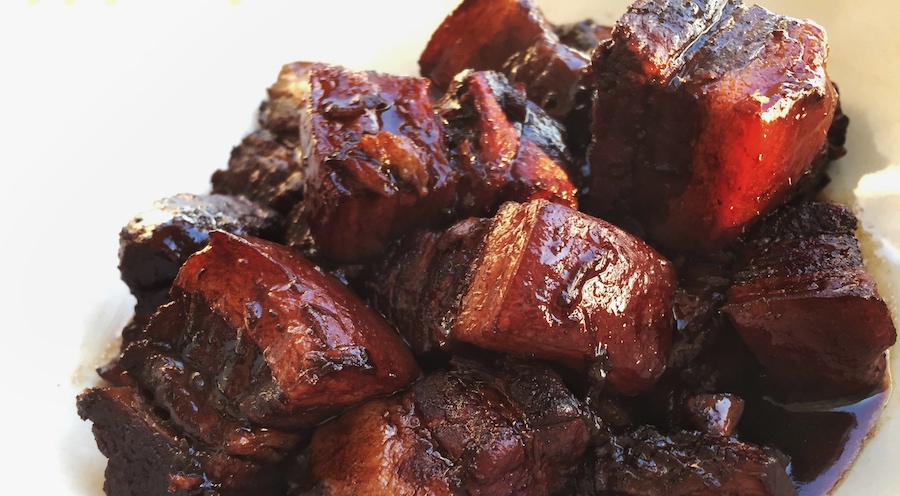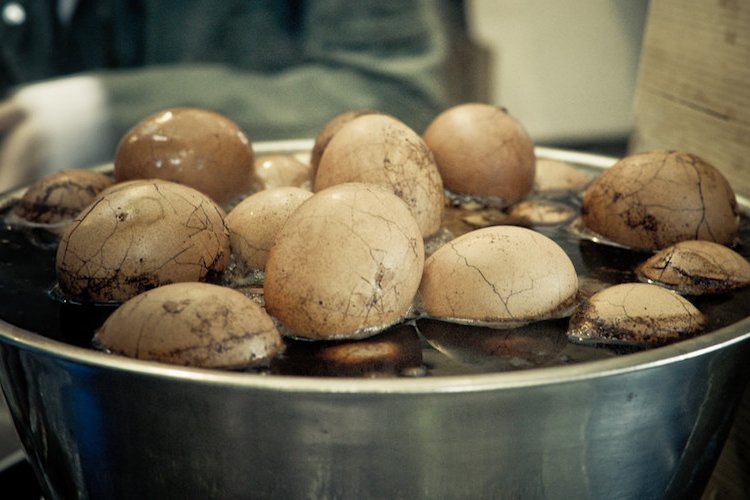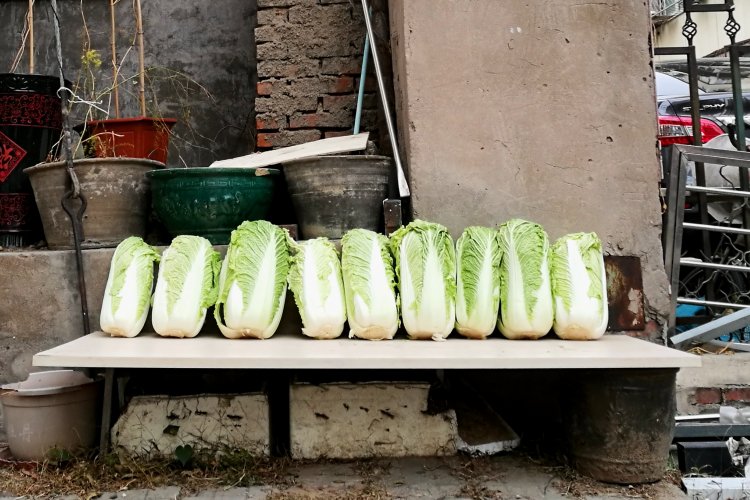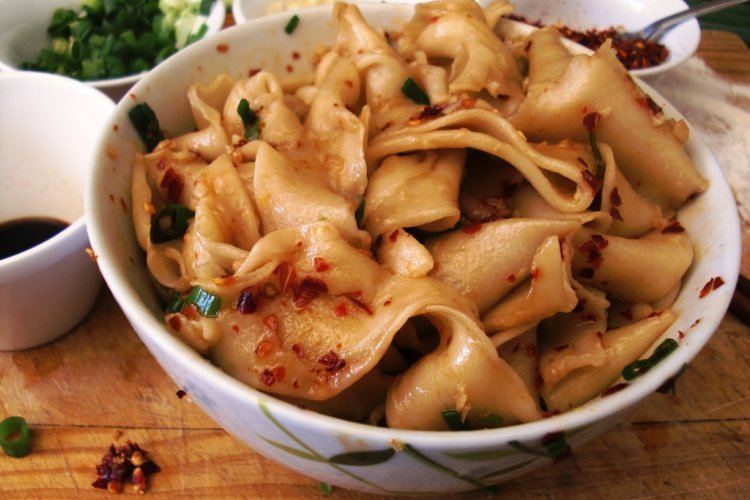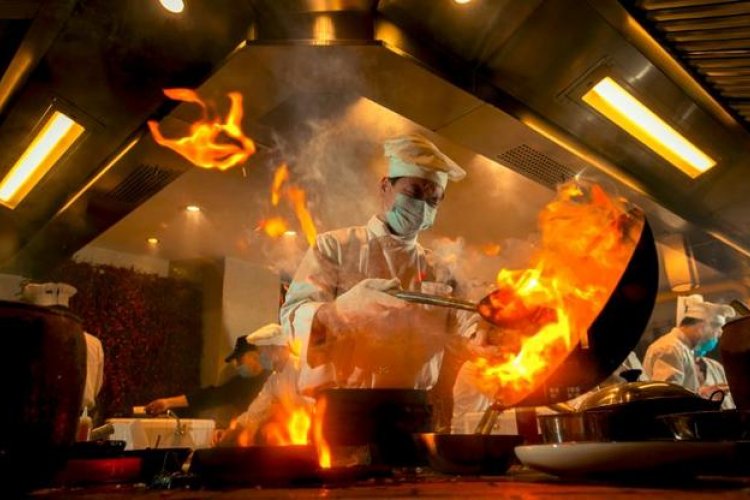Try This Stick-to-Your-Ribs Red-Cooked Pork Belly Recipe Fit for Winter Days
Of all the colder weather-appropriate dishes to be found within Chinese cuisine – bubbling hot pot, a steaming bowl of Lanzhou lamian, a hearty bowl of stewed beef and potatoes – my favorite is undoubtedly red-cooked pork.
There's nothing, in particular, to say that red-cooked pork is an autumn or winter dish, but the combination of plentiful and gelatinous fat and sticky dark sauce definitely gives it a rib-sticking feel. Red-cooked pork is a great dish to cook on a chilly weekend afternoon, since after a bit of prep it basically just needs to sit and bubble away on the stove for an hour or so, leaving you free to get on with other things.
I realize that I am a bit of a broken record when it comes to recommending Fuchsia Dunlop’s writing on Chinese food but I am going to do it one more time while insisting you buy her book, Land of Fish and Rice, which focuses on the food of the Jiangnan region (the lands south of the lower reaches of the Yangtze River, including Shanghai). Her version of red-cooked pork is among the best and simplest to make I have tried.
Shanghai red-braised pork (上海红烧肉)
Taken from Land of Fish and Rice by Fuchsia Dunlop
Serves four to six as part of a shared meal
-
1kg piece of belly pork, with skin (五花肉 wǔhuāròu)
- 1 tbsp oil
- 20g piece of fresh ginger, skin on
- 1 leek, white part only
- 1 star anise (八角 bājiǎo)
- 1 piece of cassia bark (桂皮 guìpí)
- 3 tbsp Shaoxing wine (绍兴料酒 Shàoxīng liàojiǔ)
- 500ml hot water
- 1.5 tbsp light soy sauce (生抽 shēng chōu)
- 1.5 tbsp plus 1 tsp dark soy sauce (老抽 lǎo chōu)
- 30g rock sugar (冰糖 bīngtáng), crushed in a pestle and mortar if the crystals are large
Bring a pan of water to boil and cook the pork belly for 5 minutes. Drain and rinse in cold water. When the pork is cool enough to handle, cut into 2-3cm cubes.
Heat the oil in a wok or heavy-bottomed pan with a lid and stir fry the ginger, leek, star anise, and cassia bark for 1 minute until fragrant. Add the pork and stir-fry for a couple of minutes until the pork fat starts to render out.
Splash in the Shaoxing wine and keep stirring for 30 seconds, then add the water, light soy, dark soy, and sugar.
Cover and simmer for 45 minutes to 1 hour, or until the pork is tender. Transfer the pork to a deep container, leave to cool, then place in the fridge overnight.
The next day, use a metal spoon to remove any white, solidified fat that has accumulated on the top of the pork. Transfer the pork and sauce (which should have taken on a jelly-like texture) to a clean pan and bring to a simmer. Simmer until the sauce has reduced and coats the pieces of pork. Transfer to a dish and serve.
Notes:
- This is a great “get-ahead” dish for a dinner party, since, ideally, it needs to be left to cool overnight so you can skim off the fat. Alternatively, if you want to eat it on the same day, you can try and skim off as much of the fat as possible while the dish is still warm.
- Feel free to get creative with the spices here – it might not be traditional, but you can add extra spices such as bay leaves, fennel seeds, or dried orange peel to make the dish even more fragrant.
READ: Keep Cozy and Full With This Winter Warmer Recipe For Bouncy Biangbiang Noodles
Photos: Robynne Tindall, Wikimedia
Related stories :
Comments
New comments are displayed first.Comments
![]() Sikaote
Submitted by Guest on Mon, 12/28/2020 - 14:58 Permalink
Sikaote
Submitted by Guest on Mon, 12/28/2020 - 14:58 Permalink
Re: Try This Recipe for Stick-to-Your-Ribs Red-Cooked Pork...
Is this a recipe or a personal journal entry? Do we really need all those words before getting to the meat of the post? Come on, editors.
What you did there, I saw it.

![]() schreursm
Submitted by Guest on Wed, 01/25/2017 - 15:22 Permalink
schreursm
Submitted by Guest on Wed, 01/25/2017 - 15:22 Permalink
Re: Try This Recipe for Stick-to-Your-Ribs Red-Cooked Pork...
Is this a recipe or a personal journal entry? Do we really need all those words before getting to the meat of the post? Come on, editors.
Thanks for the feedback - other people do prefer a more personal angle. We can't please everyone 
![]() wjh
Submitted by Guest on Wed, 01/25/2017 - 14:43 Permalink
wjh
Submitted by Guest on Wed, 01/25/2017 - 14:43 Permalink
Re: Try This Recipe for Stick-to-Your-Ribs Red-Cooked Pork...
Is this a recipe or a personal journal entry? Do we really need all those words before getting to the meat of the post? Come on, editors.
Validate your mobile phone number to post comments.

